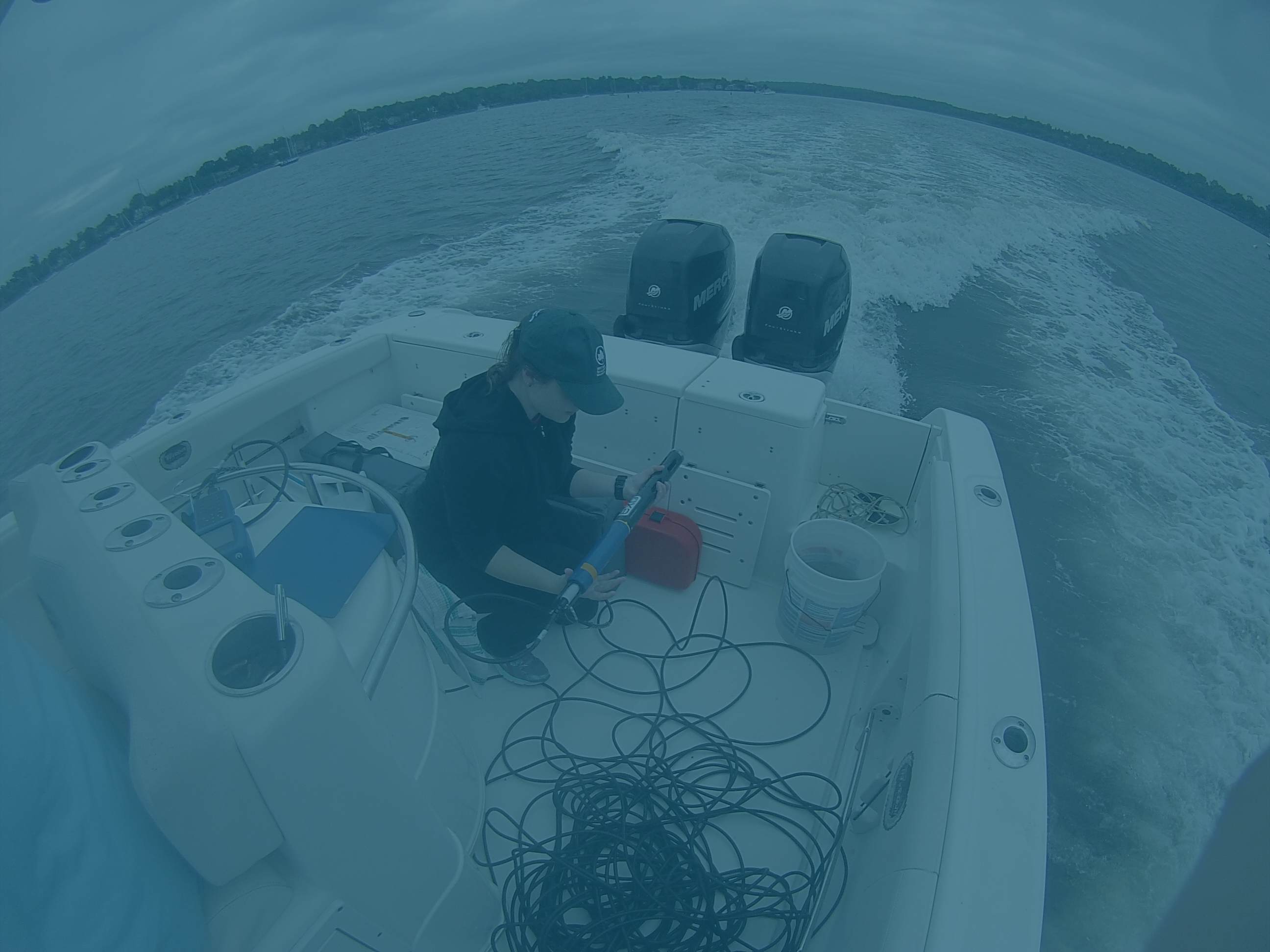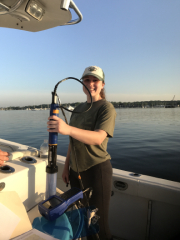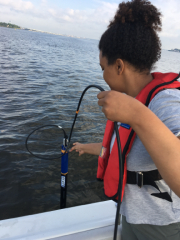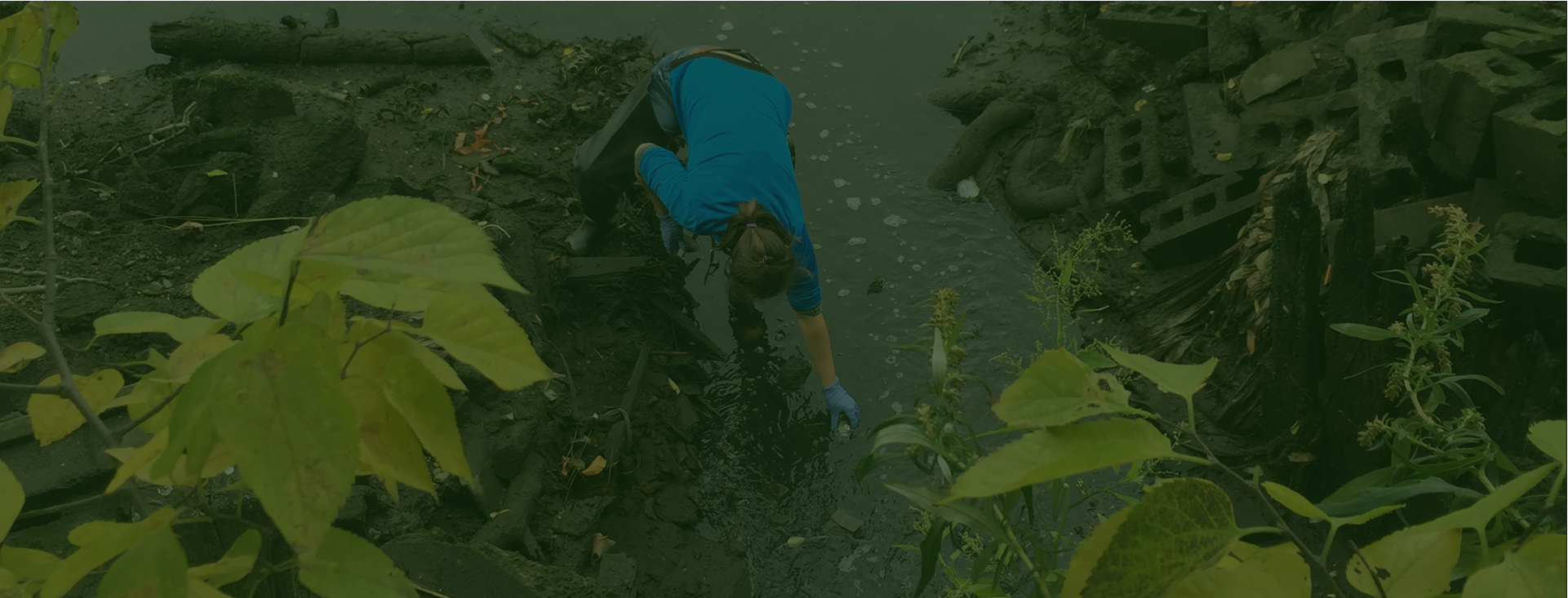
Unified Water Study
Long Island Sound embayments are more prone to hypoxia and other impairments than open waters. However, monitoring has historically been less consistent in embayments than in the open waters of the Sound. With this in mind, the Unified Water Study (UWS), coordinated by Connecticut Fund for the Environment-Save the Sound®, aims to fill in many of the data gaps that exist in LIS embayments.
The Unified Water Study enlists numerous volunteer monitoring organizations as well as institutions and organizations, including IEC, to perform embayment monitoring utilizing a coordinated schedule and uniform methodologies. Data produced by the UWS will help compare embayment health, inform water quality management decisions, and convey information to the public so they can be better informed about the environmental health of LIS embayments. These embayments and harbors are “the backyards” for many people living on or near Long Island Sound; they are where the public has the most interaction with the water. Therefore, this study can create opportunities for local and regional groups to learn about and become stewards of their local embayments.
IEC began participating in this effort in 2017, performing monitoring for the UWS in Little Neck Bay. Sample stations were selected with the assistance of Save the Sound and the Unified Water Study’s Science Advisors to represent the water quality of the entire embayment using a probability-based sampling design, as in the EPA National Coastal Assessment.
IEC conducted a total of 12 surveys in Little Neck Bay during 2017. These surveys occurred May through October 2017, with two sampling events performed per month. IEC staff sampled water quality stations within three hours of sunrise, when dissolved oxygen levels are typically at their lowest.
IEC’s monitoring included two types of stations:

- Ambient Water Quality Stations
At each station, water quality parameters included the Tier I UWS parameters: temperature, salinity, dissolved oxygen and chlorophyll-a. Data were collected 0.5 meters below the surface and 0.5 meters above bottom. Turbidity water samples were collected 0.5 meters below surface. - Macrophyte Surveys
Macrophyte surveys were land-based and were sampled three times mid-summer. The purpose of the macrphyte surveys are to document the relative abundance of macroalgae in each embayment during mid-summer, when conditions are typically conducive for algal blooms. Staff recorded GPS coordinates at each station along with the date, time and photos of macrophytes.
The IEC laboratory is also a partner laboratory for the UWS, performing chlorophyll a analyses on reference samples collected as part of the study.
Future Work

IEC would like to thank the Jeniam Foundation, the Long Island Sound Funders Collaborative, the Long Island Sound Futures Fund and Save the Sound, Inc. for providing the funding and coordination that makes this unique study possible. IEC looks forward to continuing its collaboration with the UWS to increase the monitoring on this important aspect of the waters of the Long Island Sound.
Click here for more information on the United Water Study.
